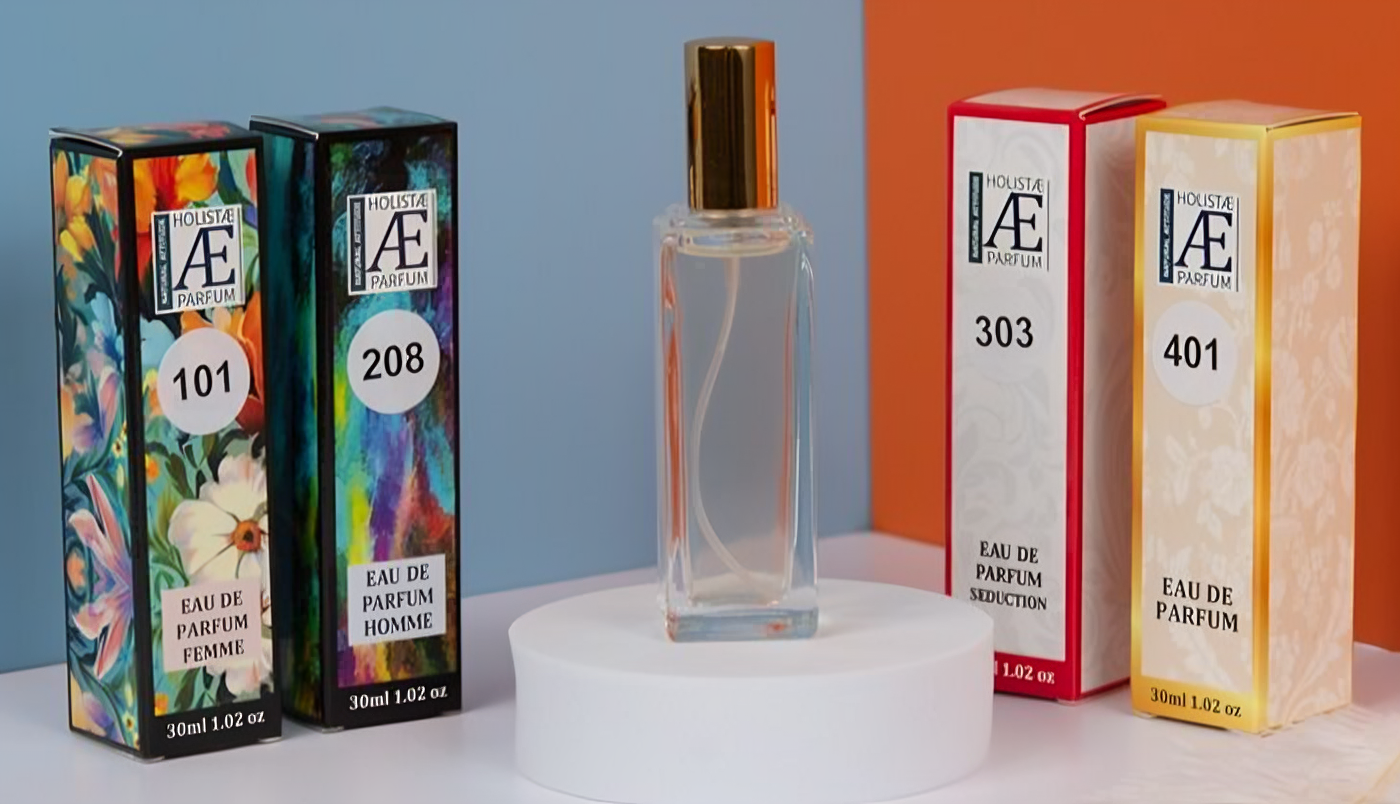
Origin and Evolution of Perfume
Perfume, derived from the Latin "per fumum," has fascinating origins rooted in ancient practices. In the past, the first fragrances resulted from the burning of wood and resins, creating a mystical atmosphere imbued with sacred scents. As early as 7000 BC, Middle Eastern civilizations began designing vases to store these precious essences, using fragrant materials in sacred rituals reserved for the most powerful.
The Egyptians, pioneers in capturing aromas through maceration and decoction, were unaware of the distillation process, yet their creations were already remarkably effective. Over the centuries, particularly during the archaic period of the 7th century, fragrances became more widely used, adopting simpler containers. Scents thus integrated into sacred rituals while also making their way into therapeutic, cosmetic, and culinary fields, solidifying their role in the Middle Ages.
Grasse, the Cradle of Modern Perfumery
It was in Grasse, in the south of France, that modern perfumery emerged at the end of the 19th century. This location, with its ideal microclimate for growing flowers such as lavender and jasmine, became the heart of fine perfumery. Louis Hermann was one of the pioneers, establishing his first orange blossom distillery in Cannes, marking the beginning of a new era.
In Grasse, the perfume industry thrived thanks to the use of raw materials, blending tradition with innovation. Distillation techniques improved, and renowned houses such as Houbigant and Guerlain were founded, incorporating synthetic ingredients to enhance their compositions. François Coty, an emblematic figure of this period, contributed to the emergence of modern perfume, skillfully combining natural absolutes with new synthetic elements.
Ancestral know-how endures through manufacturers like SOZIO, who utilize Grasse’s floral resources, merging tradition and innovation to create exceptional fragrance compositions.